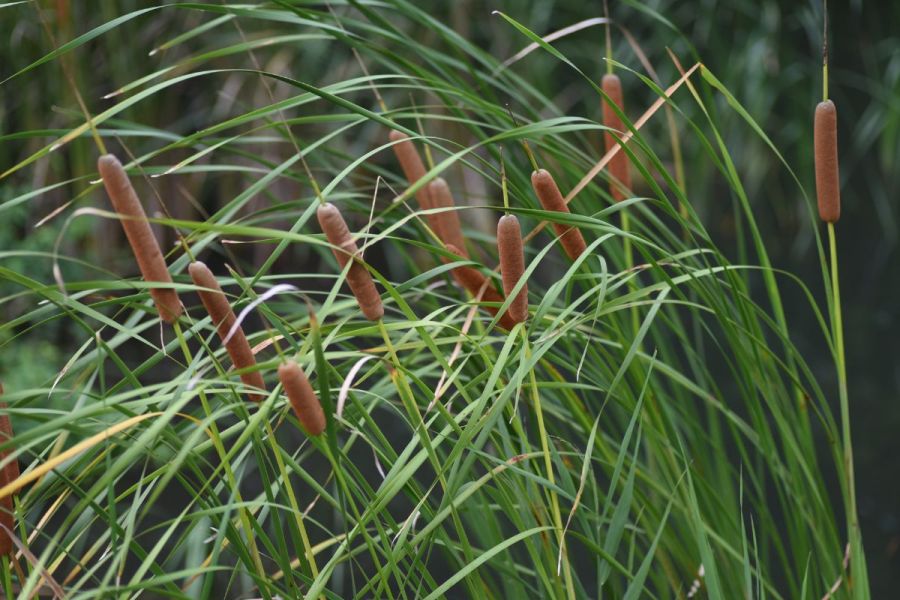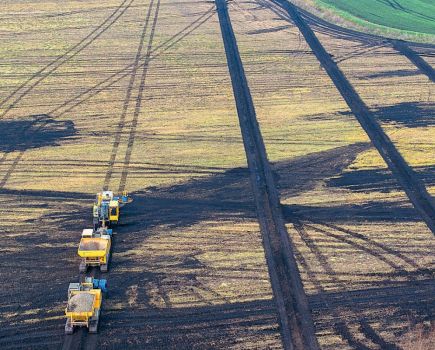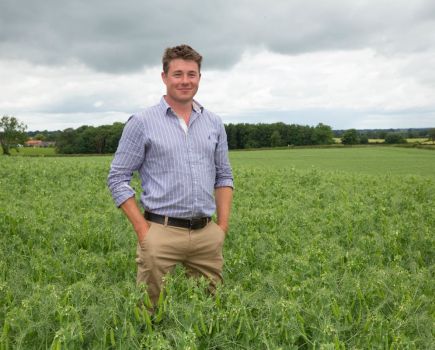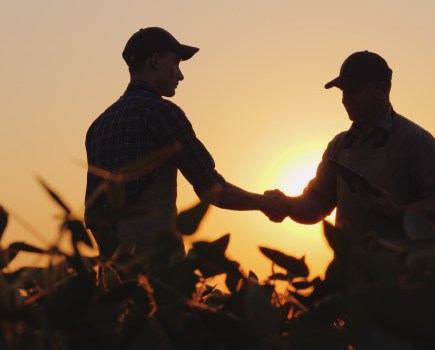Is it possible to grow a commercially-viable crop of typha on re-wetted agricultural peat that not only makes sense financially and reduces greenhouse gas emissions, but also helps address the sustainability credentials of the fashion industry? CPM investigates.
“For every 10cm the water table is raised, research shows you reduce 4-5tCO2e/ha per year in emissions.” – MIKE LONGDEN
By Janine Adamson
Typha, commonly known as bulrush, is a perennial species which has found itself in the spotlight of late, namely due to its tolerance of a range of growing conditions, including depleted peatland.
It’s part of the mounting paludiculture movement – an approach which involves growing profitable wetland crops on areas with raised water tables, thus providing a sustainable alternative to traditional drainage-based peatland agriculture.
It’s also a concept that’s piqued the interest of Lancashire Wildlife Trust, and as such, backed by £400,000 funding from the Government’s Paludiculture Exploration Fund, the ‘Boggy bulrushes to BioPuff’ project was born.
Taking place in Chat Moss, Greater Manchester, the project aims to deliver a field-scale typha trial on land which was formerly part of one of the largest lowland raised peat bogs in the UK. The aim is to hopefully prove that commercially-viable typha can be grown at scale on agricultural peat that’s been re-wetted, says the Trust’s Mike Longden.
“The fluffy seed heads are then harvested and used by a company called Ponda to create BioPuff – a sustainable eco textile used as a filling for padded jackets in replacement of synthetic fibres or goose feather down,” he adds.
FARMER INPUT
Central to the project’s delivery is current tenant, mixed farmer Steve Denneny, who with support from the project’s partners, is overseeing the typha crop from raising the water table through to harvest.
He explains that the 5ha field was drained and converted to farmland more than 100 years ago but continual waterlogging meant growing a profitable cereal or root crop was becoming increasingly difficult. The land was then used as a mix of permanent pasture and set-aside, with other, more profitable areas of the farm concentrating on arable cropping.
“But productivity at the farm has slowly been declining during the years, we were already having to take the least productive areas and reassess our approach,” says Steve.
This meant when he was contacted by Lancashire Wildlife Trust about paludiculture, he felt he had little to lose by re-wetting the site, a process which began in autumn 2023.
To do this, blocks were installed within the field’s existing perimeter ditch and deep underground trench bunds added to break through historical field drains – this prevents water from running from the field and is supplemented by a 0.5m-high perimeter bund, explains Mike.
Two 1.5m deep water storage areas were created at the lowest end of the naturally-sloping field, where the water table is naturally at its highest. By collecting and holding rainwater, these are used to irrigate the field during dry periods using solar-powered pumps.
Further 0.5m-high, 4m-wide bunds were then added to divide the field into cells, and act as tramlines for standard farm machinery while delivering a network of valved irrigation pipes. Mike says irrigation is a critical aspect of maintaining the water table height. “Equally, a series of drainage pipes and weirs flow water back into the system from each individual cell as required,” he comments.
When it came to sowing the typha, seed was broadcast using a large, agricultural drone. Because bulrush seed is very fine and at high risk of being blown away, different areas of the field were sown using different methods. Some were encapsulated in small clay pellets similar to Beebomb seedballs, whereas others were suspended in a cellulose gel.
“Both methods dissolve in water and allow the seed to slowly sink, replicating natural germination,” explains Mike.
Now successfully established, the perennial crop will be harvested within 12-18 months (anticipated 2026), although exactly how is yet to be deciphered, he points out.
“That’s part of the project – developing mechanised production of typha at scale. However, we believe there’s viable scope to adapt existing farm machinery – similar to that which operates within orchards – to work in paludiculture fields.
“So rather than buying a new, expensive piece of machinery, can we do something with more of a Scrap Heap Challenge, farmer-friendly approach?”
As well as the commercial aspects of the project – which include signing up to recently introduced SFI actions for raising water table levels (CSW17 and CSW19) – carbon dioxide, methane and nitrous oxide readings are being taken to evaluate how effective re-wetting is on reducing the greenhouse gas emissions associated with drained peat.
“This is because draining boggy peatland causes the oxidation of carbon which was once safely stored, instead being released as CO2. In fact, 3% of UK greenhouse gas emissions come from drained lowland agricultural peat,” highlights Mike.
“Whereas for every 10cm the water table is raised, research shows you reduce 4-5tCO2e/ha per year in emissions. This is why it’s so important to manage and maintain water table depth.”
WATER FILTRATION SERVICES
The sustainability gains from typha don’t end there either, he adds. “Research suggests bulrushes can provide effective natural water filtration for wider ecosystem benefits such as increased biodiversity.”
However, as the project progresses, Mike says it’s uncovering some sticking points to resolve – for one, weed control during the crop’s establishment.
“We’d also like to find a way to use the whole plant rather than just the seedheads, exploring exactly when to harvest to achieve that.”
He also understands a common question surrounding wetter farming is how it might affect surrounding fields and whether there’s a subsequent flooding risk. “The answer so far has been no, and is one of the reasons why we have an adjacent control field as a means of monitoring that risk.
“The installation of bunds means any water that’s on the wetter field stays there. Even so, on the surrounding drained fields drone imagery shows there remains areas of standing water. This confirms how difficult many areas of lowland agricultural peat are becoming to farm conventionally,” explains Mike.
So far, the work alludes to a positive outcome, he says, and once complete, a business case will be created based on stacking the benefits of all of the associated nature-based outcomes. “That includes the carbon, biodiversity and water purification gains, with the final document being pitched to Defra as a lowland agricultural peatland code.
“Of course, this would be in addition to the income Steve can achieve by harvesting the seed heads for BioPuff and applying for SFI actions,” concludes Mike.
For more information about wetter farming and working with the trust, contact info@lancswt.org.uk
This article was taken from the latest issue of CPM. Read the article in full here.
For more articles like this, subscribe here.
Sign up for Crop Production Magazine’s FREE e-newsletter here.




